Influencer Marketing Strategy: How to Build a Plan Creators & Customers Will Love [+ Templates]
Everyone can have influence, but not everyone can be an influencer. And I say this as someone who has participated in several influencer campaigns but would never claim the label.
![Influencer Marketing Strategy: How to Build a Plan Creators & Customers Will Love [+ Templates]](https://www.hubspot.com/hubfs/influencer-marketing-strategies-featured.png)
Everyone can have influence, but not everyone can be an influencer. And I say this as someone who has participated in several influencer campaigns but would never claim the label.
This title “influencer” rightfully belongs to an elite group of people who can reliably elicit interest or action in others. And if you’re a marketer, this power of influencer marketing strategies is not one you can ignore.
According to Influencer Marketing Hub, the influencer marketing industry is set to grow to approximately $24 Billion by the end of 2024. Yup, that’s “billion” with a B, and it’s with good reason.
Influencers are proven to foster engagement, drive traffic and clicks, and generate conversions and sales. But before your brand can reap any of these benefits, it needs a well-thought-out influencer marketing strategy. I’ve got you covered there.
Table of Contents
- What is an influencer marketing strategy?
- Types of Influencer Marketing Campaigns
- Types of Influencers
- Influencer Strategy Checklist
- The Influencer Proposal Checklist
- The Influencer Contract Checklist
According to Aspire, 63% of marketers say influencer-generated content performs better than other brand content.
Consumers trust influencers more, finding them authentic and relatable. In fact, Sprout Social has found that 49% of all consumers make daily, weekly, or monthly purchases because of influencer posts, and 30% say they trust influencers more today than they did just six months ago.
This might be why 85% of marketers believe influencer marketing is an effective strategy, and 60% who already invest in it intend to increase their investment.
Even companies that hired smaller influencers got impressive results. Aspire found that “Nano-influencers” (people with fewer than 1,000 followers) consistently achieve the highest engagement across all platforms, at an average engagement rate of 4.39%.
So, the possibilities are vast. Speaking of possibilities, influencer marketing strategies can contain a variety of different types of campaigns.
Types of Influencer Marketing Campaigns
Over the years, I’ve done a number of gifted campaigns for brands. Many also offered an affiliate or discount code like this one for Ladykind CBD.
93% of creators are willing to do campaigns like these so long as they’re fans of the brand and can stand by the product’s quality. But this may not be the best option if you’re trying to partner with someone unaware of your brand.
Thankfully, influencer marketing campaigns come in all different shapes and sizes.
Some popular types include:
- Affiliate or Discount Codes: Influencers are given a unique discount code to share in their content to drive sales for your brand and earn them commission. This is best for driving sales.
- Contests and Giveaways: Influencer gives away one of your products on their platform. This is especially great for growing both of your followings.
- Sponsored Posts: Influencer posts about your product for a fee. This is great for reaching an influencer’s audience and building awareness.
- Gifting: Influencer posts about your product in exchange for a free product. This is also great for building awareness.
- Takeovers: Influencer posts from your brand’s social media. They can post in-feed posts, go LIVE, or do a series of posts on a specific topic. This is best for building awareness and engagement.
- Collaboration: Working with an influencer to deliver your target audience a new product, service, or content. Collaboration is a good option for generating sales and awareness. (More on these in the next section.)
All of these are effective and beneficial in their own right. However, what you choose depends on what makes sense for your audience, budget, and the influencer you’re working with.
Influencer Marketing vs Influencer Collaboration
Before we keep going, I think it’s important to clarify one thing: Influencer marketing and influencer collaboration are often used interchangeably, but they are not the same thing.
An influencer collaboration is actually a tactic that falls under the greater umbrella of influencer marketing. It has its own little quirks — like influencers themselves.
A collaboration occurs when a business works with an influencer to develop something new for a shared audience, such as a new product or piece of content. The collaboration incorporates elements of both brands and appeals to both audiences.
A great example from a few years back is the e.l.f. Cosmetics collaboration with Nabela Noor, #elfxonabela.
Noor is an influencer who became popular for her makeup tutorials and messages of self-love. Collaborating with the cosmetics brand popular with younger buyers to create a collection of beauty products and brushes inspired by her values was a natural fit.
Note: A product collaboration like this obviously requires a larger investment than other influencer marketing tactics, but it can be beneficial if you have a bigger budget or resources.
If you’re a small business or your means are more modest, content collaborations like this recipe from Chef Gordon Ramsay and Bite Originals may be more your speed.
Either way, collaborations are one of the most exciting and effective approaches to influencer marketing. Why? They offer something new for audiences to sit up and pay attention to.
Types of Influencers
In addition to different types of influencer campaigns, it’s important to understand the different kinds of influencers.
There are influencers with different subject matter focuses, such as food, fitness, finance, and fashion (yes, I did love that alliteration). But these don’t require an explanation.
The influencer types we’re discussing here involve audience size and reach. With that in mind, there are four main types of influencers: mega, macro, micro, and nano.
- Mega-Influencers: 1M+ followers (i.e., Gary Vaynerchuk or Amanda Seales). Yes, technically, celebrities can also be considered mega-influencers. But since their audiences and impact extend far beyond social media, we’re going to keep them in their own category in this article.
- Macro-Influencers: 100,000 - 1 million followers (i.e., Neil Patel or Julissa Prado)
- Micro-Influencers: 10,000 - 100,000 followers (i.e., Goldie Chan or Milang Garcon)
- Nano-Influencers: Fewer than 10,000 followers (i.e., Noelle Graham or me, I suppose — Hi!)
The size of an influencer’s audience gives you a better idea of your initial reach by working with them.
Of course, hashtags and other things can always get in front of more people. But knowing how many people they already have following them (as well as their level of engagement) will help you set goals, performance expectations, and compensation.
Now that you know the basics of influencer marketing, how do you develop your strategy?
How to Create an Influencer Marketing Strategy
Let’s dig into eight steps to help you create and implement an influencer marketing strategy.

1. Identify and define your audience.
Before launching any campaign, you need to know who you are trying to reach — in other words, who your audience is. Once you understand that, it’ll be much easier to find an influencer to match your needs.
A noteworthy example of this can be seen in the dating app Tinder. Most of the app’s users are 18-25 years old, so the team hired influencers in this age bracket to promote its app.
Tayler Holder, a singer-songwriter, was one of the influencers who participated in the campaign. One of his posts was just a photo of him wearing a Tinder-branded shirt and a short caption, “Swipe right and come find us on @tinder,” but it has nearly 500k likes.
So, take note of your buyer persona, specifically their demographics, psychographics, buyer lifecycle stage, or preferred channel.
2. Define your goals.
Next, ask yourself what you’re trying to achieve with that audience.
Are you trying to increase brand awareness or drive engagement? Do you want to spruce up your lead generation method? Do you want to build on the loyalty and goodwill of your existing audience?
Define your goal and work backward to determine the steps needed to achieve it. This will also help you determine your success metrics.
For example, in 2021, Dunkin Donuts wanted to increase app downloads and popularity with younger consumers, so it hired Charli D'amelio. D’amelio is a popular Gen Z influencer who is frequently seen drinking Dunkin’s iced coffee in her videos.
They even launched a drink named after her that her 143 million TikTok followers were eager to try. The app's download increased by 57% when Dunkin Donuts released the drink and inspired thousands of posts on social media.

3. Define your budget.
Like your goals and audience, defining your budget helps narrow down who you can actually partner with in your influencer marketing strategy.
For example, if you’re on a limited budget, you may use an independent influencer instead of an agency. Or you may lean toward a nano or micro-influencer as they are typically more affordable.
Budget will also help you determine how you compensate your influencers, as some personalities are okay with partnering in exchange for free products or services.
Influencer Marketing Hub offers a detailed breakdown of what goes into the cost of hiring an influencer.

4. Decide on the platform(s) you want to use.
One good thing that happened during the pandemic is that the usage of all social media platforms rose. That means there’s certainly no shortage of platforms for you to consider for influencer marketing.
Take this time to choose what platform you want to focus on based on your target market and goals.
It’s best to look at your existing audience’s behavior and data, but if you’re just getting started this chart from WordStream can give you more direction.

5. Choose your campaign type(s).
The type of influencer campaign you run depends on your goals and the target audience’s preferences.
If you’re trying to grow your subscriber numbers on YouTube, you’ll likely want to create something video-based with someone popular on the platform. Or, if you want to boost sales, you may want to opt for a discount code.
For example, Audible partnered with best-selling author Tim Ferriss to offer listeners to his podcast a discount on his books and other Audible content.

This partnership delivered a relevant offer to the target audience, benefiting Audible, Tim Ferriss, and his podcast listeners simultaneously.
Some statistics to keep in mind from Aspire:
- 40% of marketers are already saying short-form video has the highest return on investment.
- Instagram's most popular influencer campaign format is Stories, with over nine million partnership posts reported
- YouTube influencer content gets the highest engagement, with an average engagement rate of 49.5%.
6. Identify your influencer(s).
Sarah Corley, a good friend and Senior Marketing Campaign Strategist at Sprout Social, regularly collaborates with influencers to create content for the social tech company.
She explains, “The key to successful influencer marketing strategies is finding and identifying people who naturally align with your brand’s values. When an influencer already lives in harmony with your brand and its mission, you can create a more authentic partnership with trust at the center.”
For instance, if you’re promoting wellness supplements, you have a better chance of achieving your goals with influencers in health and fitness than those mainly interested in new fashion trends.
“[Alignment] also allows the influencer to do what they do best — stay authentic to their voice and content style, which is important to the success of the content,” Corley continued.
Using an influencer marketing platform is an easy way to find influencers in your niche, but you can also do your research on social media. For example, searching #fitness on IG will get you over 1 million posts from different fitness influencers.

Sometimes, it can also be smart not to work with someone in your niche but rather someone popular with your target audience.
Take this recent partnership from Zillow and Jools Lebron (aka @joolieanniemarie).
Coming off Lebron’s “Very Demure” viral TikTok video, Zillow collaborated with the creator to visit homes and identify those she would consider cutesy and demure.
While she is not an expert in real estate, Lebron is extremely popular with younger generations right now. So, she was a smart choice for generating engagement for the real estate company.
To choose your influencers, Ksenia Newton & Emily Smith at Brandwatch suggest keeping these questions in mind:
- Does the influencer post content relevant to your industry or brand?
- Does the influencer have a credible engagement ratio?
- Has this influencer worked with similar brands in the past?
- Does the influencer’s style and personality fit your brand guidelines?
Note: Once you narrow down the influencers you’d like to work with, you’ll have to create your proposal.
7. Develop a plan for your launch and promotion.
Once your content and campaign are set, how do you plan to get the word out about it?
While you’re working with an influencer to market your product, it’s also a partnership. As Corley continued, “Look for ways to support the influencer, their goals, and their community — a true partnership is a two-way street.”
Link to it on your social channels. Mention it in your email newsletter. Draft a blog article or press release. Do your due diligence in engaging and promoting the campaign on your end, then document the potential tactics in your strategy.
8. Track your success.
Once your campaigns are out in the wild, you’ll want to track their performance. This will help you know if and when you reach your goals and gather data to refind future campaigns.
Depending on your goals, this may mean tracking website traffic, the number of new followers, conversions, or other metrics.
Platforms like the Meltwater Influencer Marketing Suite help you measure your influencer campaign success, but you can also track your data using a simple spreadsheet.
We have some free templates to get you started.

1. State your goals.
What do you want to achieve with this influencer marketing campaign? It could be better brand awareness, increased subscription rates, high traffic, or high engagement. Whatever your goal is, it should be stated clearly in your presentation.
Pro Tip: A great influencer is busy. To avoid overcomplicating and lengthening the proposal, provide only the necessary data in your proposal. (i.e. where your numbers stand now and what you hope to see them to.)
This information is important when scoping projects and negotiating prices.
2. State the responsibilities of the influencers.
How should the influencers participate in the marketing campaign? State all of the influencer’s responsibilities.
Responsibilities can include creating content, developing hashtags, editing images, or sharing content on their page. If you have specific quantities in mind, you can also include those here.
3. Describe your audience.
You’re likely pitching a particular influencer because they already appeal to your existing audience. However, it’s still smart to include an overview of your target in your proposal to clarify expectations.
This also lets you get more granular about any specific traits or interests of the market that could make your influencer content stand out.
4. Show visual examples.
Influencer marketing is mainly about visuals. So, before you reach out to an influencer, research and take screenshots of the campaigns you like. These resources will give your influencer an idea of what kind of content you’re looking for.
Skeepers, an influencer platform I belong to, sets a great example:


In all of the proposals on Skeepers, brands must include details on what they’d like to see and hear in the finished content as well as links to examples of content they like.
5. Don’t be overly specific.
Although you want to ensure your collaborators understand your expectations, you don’t want to micromanage them. Instead, deliver that creative brief we discussed earlier.
At the end of the day, no one knows the influencer’s audience and how to reach them better than the influencer themselves.
Leave room for them to take creative liberties and create a campaign that will best accomplish your goals.
The Influencer Contract Checklist
After you’ve made your proposal to an influencer, you need a contract to formalize the partnership.

An influencer contract is a document that contains the details of the agreement between the influencer and a business. It typically includes the terms of content creation, legal protection for both parties and compensation received, among other details.
It‘s important to have a contract to hold the influencers you’re working with accountable and safeguard your investment. But what should it include?
1. The Parties Involved
First, your contract should include both parties' official full names. That means the names appearing in the contract are legal and acceptable in a court of law, not simply a social media handle.
I mean, we all may know our favorite influencers by “Mr. Beast” or “Lady Gaga,” but your contract better read James Donaldson or Stefani Germanotta if you want it to hold any weight.
Use simple language to describe everything in this section to avoid any kind of misinterpretation in the future.
2. The Expiration Date
How long will you be working with the influencer for this particular campaign? However short or long it may be, stating the dates is essential.
This section should clarify whether it‘s a one-time campaign and, if not, the terms of renewing the contract. For example, you can set your influencer’s contract to one year, with the option of renewing it based on the parties' agreement.
3. The Terms of Compensation
What will you offer the influencer in exchange for their services? It could be money or a free product or service.
Regardless of what you'll offer, your contract should state it clearly. The structure of this payment will also vary from one agreement to another.
For example, your terms could state that the influencer should issue an invoice after the agreed-upon content is posted, and you'll pay them X dollars 30 days after sending their invoice.
Or if it's a one-time campaign, you could agree on paying half the money before the campaign and the rest after the influencer hits their key performance indicator (KPI).
4. Each Parties’ Responsibilities
There are several important parts to an influencer marketing campaign, including:
- Campaign Development
- Content Creation
- Content Approval
- Content Publication
- Content Promotion
Your contract needs to document who is responsible for what to avoid confusion.
5. The Type of Content/Campaign
What kind of content are you expecting from the influencer? Is it a guest post, a vlog, or a Reel? State the expectations clearly.
If you expect multiple content formats, mention exactly how they should be delivered. For example, you could state you need four Reels and four social media posts twice a week.
6. The Content/Campaign Requirements
Depending on the type of campaign, content creation could be entirely your influencer’s responsibility, or you may collaborate. Either way, you want to be aligned and make the process easy for the influencer you’re partnering with.
The best way to ensure this is to create a detailed creative brief and share a media kit.
Once again, Skeepers always makes sure to detail the “dos and don’ts” of the content a brand requests. These color-coded checklists have been extremely helpful before submitting a post:

7. The Approval Process
Influencer marketing involves a lot of collaboration, but you also need to ensure everything created accomplishes what you need. Make sure to document this in your contract.
While the influencer may have the most creative control, in some instances, your marketing team may have some suggestions or edits to the content before posting.
Ensure you mention how many revision rounds the influencer should expect to make and if revisions guarantee extra pay.
8. The Content Copyright
If you want the right to edit or modify the influencer‘s content, it’s important to include content copyright in the contract. Your copyright terms should also allow you to use their images or logos when posting related content.
On the other hand, the influencer might want access to the content they edit. If this is the case, be sure to mention when they can access the content, how long they're allowed to access the content, and whether they retain the copyright forever.
9. The Publication Agreement
A publication agreement details when the influencer will publish the content. Do you publish once, twice a week, or several times a day?
Ensure you capture all these details on your contract and include any penalties the influencer will face if they don't comply.
Other additions the influencer must make to the content when uploading it, such as promo codes, hashtags, or tracking links, should be included.
10. A Restrictive Covenant or Non-Compete
A restrictive covenant is an agreement on the length of time an influencer isn't allowed to work with a competitor after the campaign.
So first, define your competitors and include them in the contract. Additionally, ask the influencer to confirm that they have no written contracts with your competitors.
11. A Sunset Clause
A sunset clause dictates the length of time your sponsored content should appear on the influencer's pages. Without a definite period, many influencers can delete the sponsored content once they’ve been paid or after a short period.
Be clear on how long the content should stay on the influencer's page before they can delete it.
12. A Cancellation Clause
What happens if the influencer feels you're no longer a good fit for their audience? Or they break the agreement, and you can no longer continue working with them?
Prepare for these scenarios by having a cancellation clause in place. It should cover any penalties or repayment.
13. Image Authenticity
Image manipulation isn't a new concept — especially with the rise of AI. Ensure you have a clause that protects you from image manipulation.
While you want your products to appear appealing, you also want to ensure customers don't feel cheated when they receive your product.
Plus, image manipulation may also trigger platforms to flag your ad for false advertising or even remove your content.
14. A Morality Clause
You can't control what an influencer does, but you can protect yourself with a morality clause.
Remember, how they conduct themselves during the campaign can damage your brand's reputation by association.
Therefore, some guidelines can protect you, like discontinuing the contract when they conduct themselves in any way that puts your brand at risk.
The bottomline when it comes to a contract? Corley detailed, “When you’re working with influencers, transparency is important. Start by laying out the details that you have and be open to negotiation. Always remember that surprises cause delays!”
Putting Your Influencer Marketing Strategy Into Action
Influencer marketing strategies, like most great marketing strategies, take a bit of trial and error to get right, but once you do, the benefits can be immense.
At the end of the day, people buy from businesses they trust to deliver on their promises. And with an influencer your audience knows and loves on your side, half this trust is already built.
Use the checklists and tips outlined in this article and start reaping the traffic, leads, sales, and overall success that can come with influencer marketing.
Editor's note: This post was originally published in August 2019 and has been updated for comprehensiveness.
![]()
What's Your Reaction?










![The Usability Testing Playbook [Expert Tips & Sample Questions]](https://www.hubspot.com/hubfs/usability-testing-1-20250305-3357250.webp)






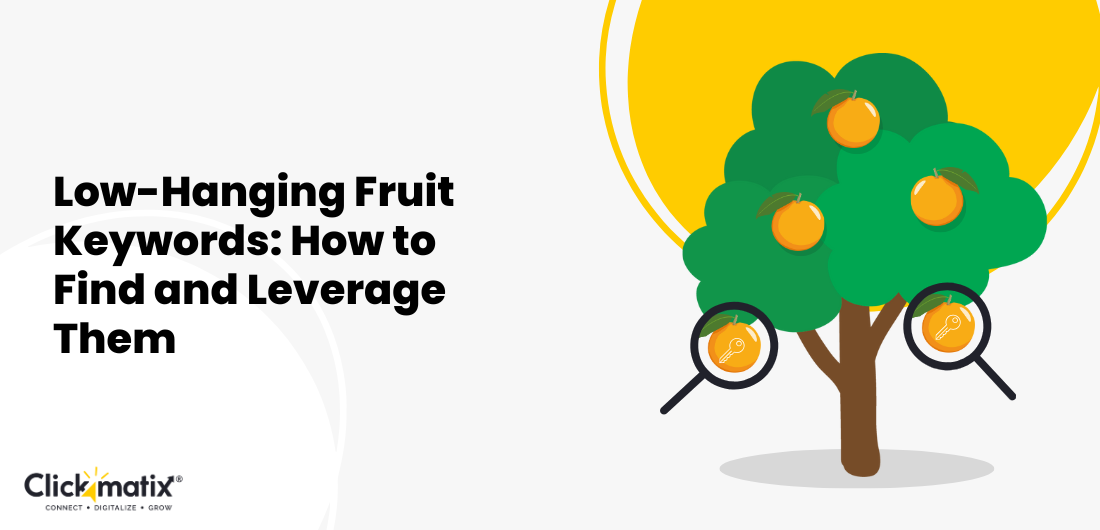




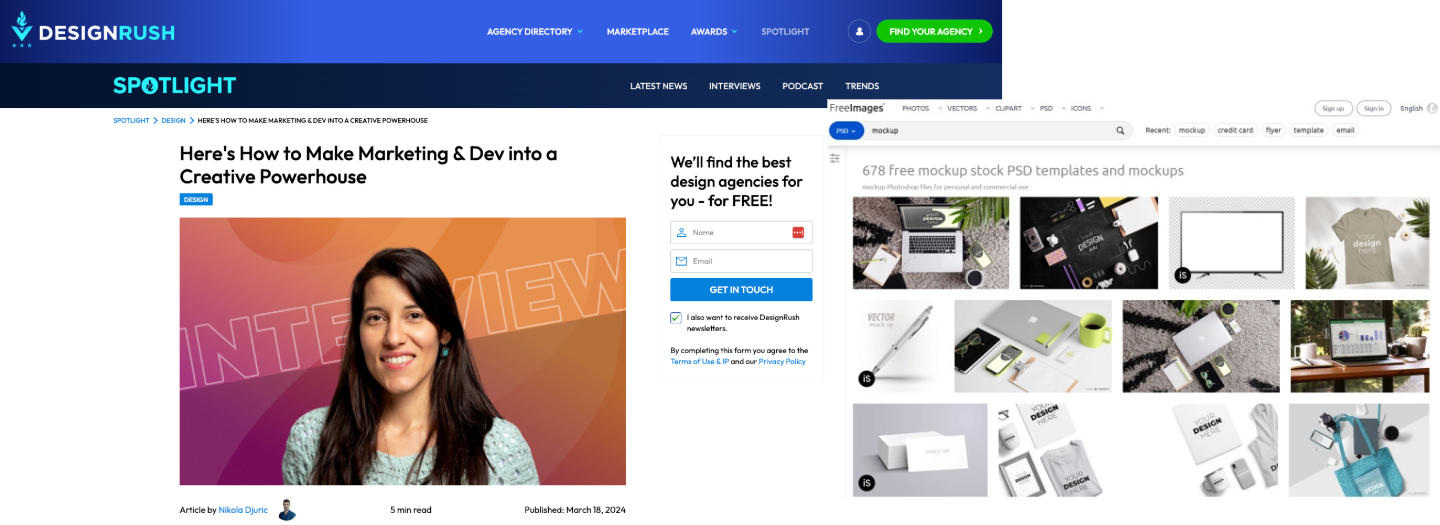
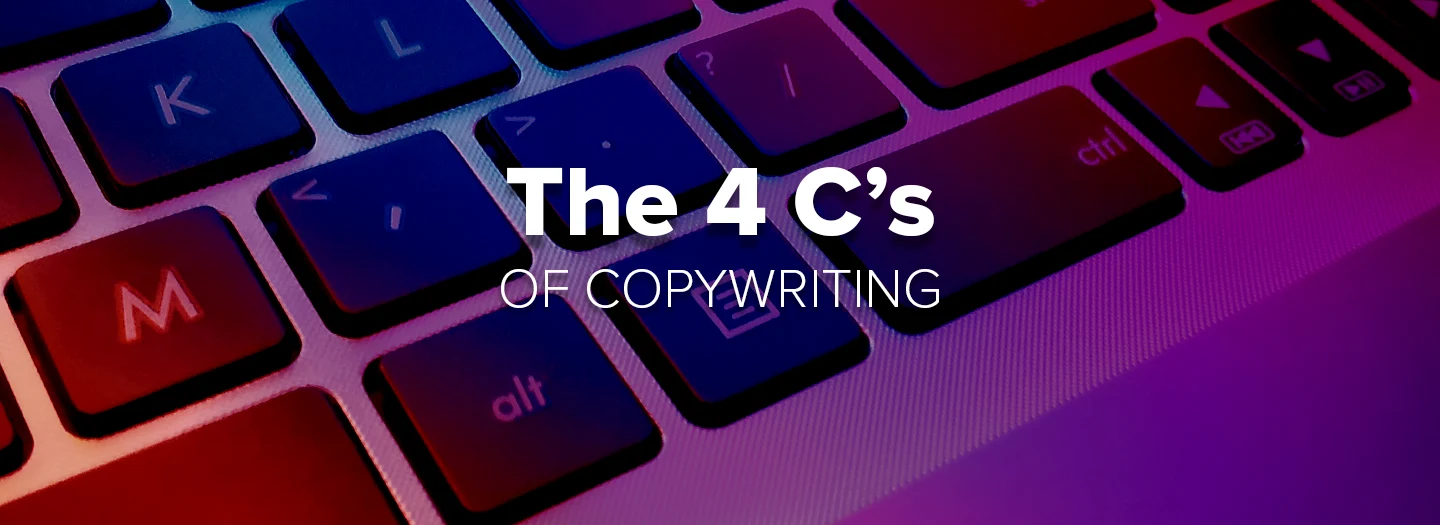
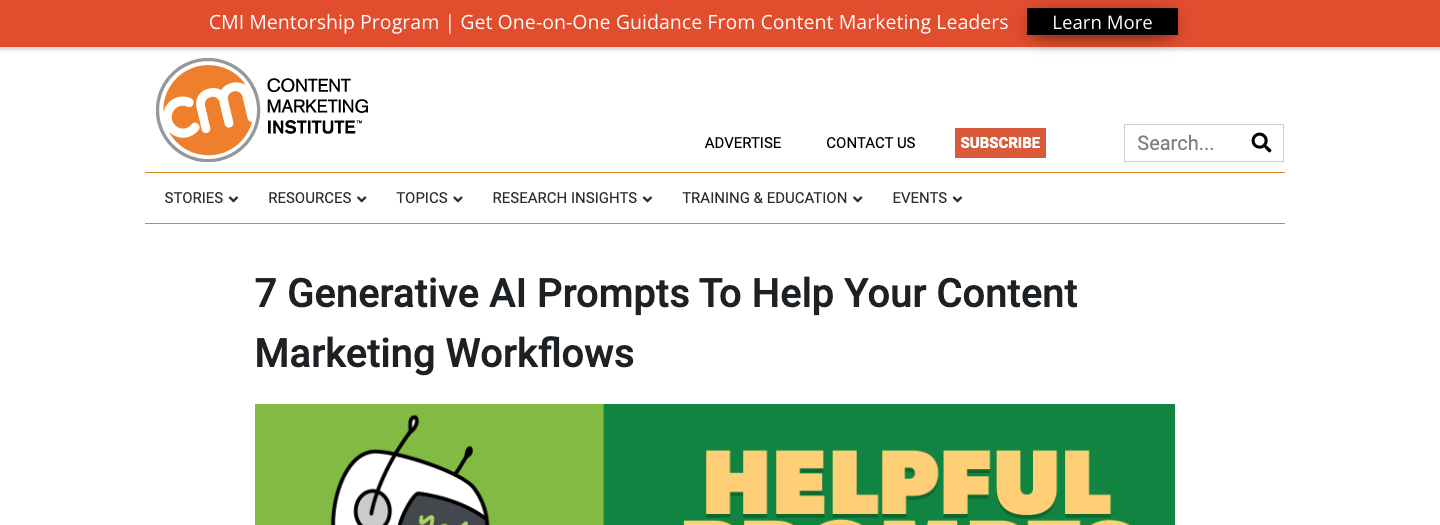
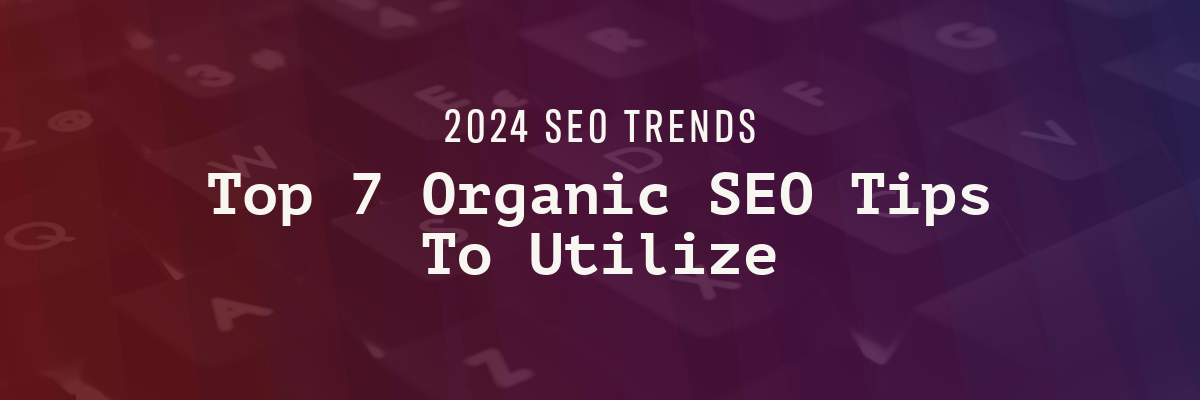















.png)





















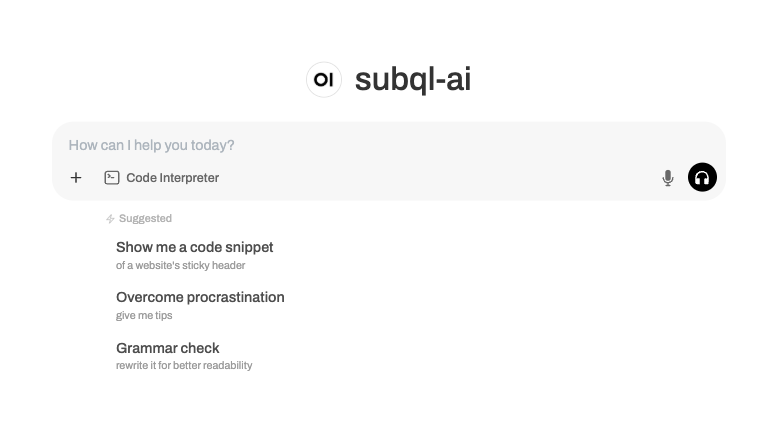
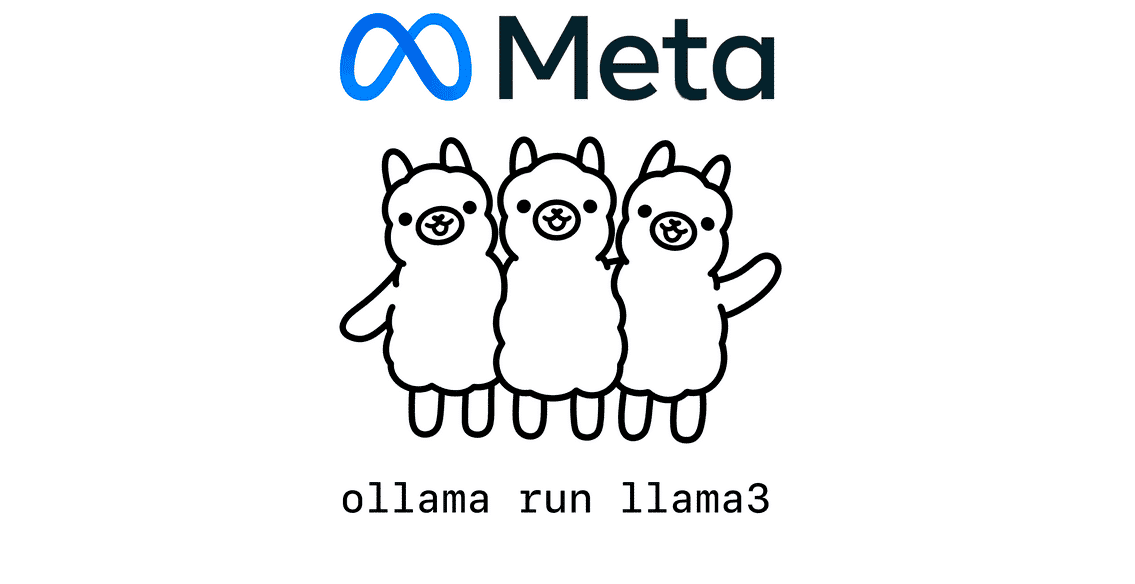









![How Brands Are Investing in Video Marketing on a Budget [2024 Data]](https://www.hubspot.com/hubfs/affordable-video-marketing-1-20241213-2175845.webp)










